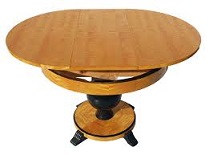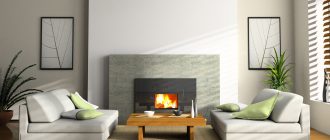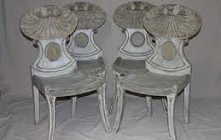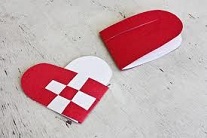Want to buy a Swedish coffee table? Read our guide for more info on the place of the coffee table in Swedish homes…
The arrival of coffee to Europe had a profound effect on the way Europeans lived and the way they designed their furniture. When one mentions a Swedish or Scandinavian coffee table one must further distinguish between the actual piece of furniture and an array of sweet treats laid out on such a piece of furniture. This may be a typical “chicken versus egg” situation where the existence of one thing profoundly influences the other on an ongoing basis.
As hinted above a Swedish coffee table can simply refer to the custom of serving sweets a certain way at a particular time. This would resemble the very English custom of teatime. In Scandinavian countries like Sweden Swedish coffee tables can refer to the hosting of a late afternoon gathering in a formal (perhaps invitation only) way. The purpose of such a gathering is often a celebratory one, where events such as births and engagements are commemorated.
Swedish coffee tables have been variously described as a cross between the sumptuous smörgåsbord feast, now consigned largely to Advent and Christmas seasons, but also partaking of elements of the somewhat difficult to translate term “fika”. Roughly translated fika means to drink coffee. Yet fika is more than just a coffee break, it is a social institution in Sweden that can apply to a meeting with one’s work mates, family, a date or friends. Pastries, cookies or biscuits invariably accompany the coffee that is served and the communication that takes place.
The Swedish coffee table tradition is more elaborate yet. Traditionally a standard collection of seven food items were specified. This harkens back to the Scandinavian superstition that even numbers are unlucky. Items could include sponge cake, elaborately decorated torte and layer cakes a variety of cookies, sweet yeasted bread, unfrosted pound cake prepared in a bundt pan, and tarts of every description.
Swedish coffee tables upon which such delights are served can range from spare models crafted of teak or rosewood. Models that feature teak tend to be bereft of any extra decorative touches or ornamentation. They are most often fairly large pieces in either rectangular or oval shapes. That description is characteristic of mid-twentieth designs.
Older Swedish coffee tables often partook of the Gustavian school of design. King Gustav III who reigned in Sweden in the late 18th century is responsible for the name, and some of the style’s characteristics. He was an admirer of the then popular neo-classical styles that were found on the Continent of Europe. The Gustavian style adopted the light coloring and elegant curves from neo-classical for tables, chairs and coffee tables. The Swedish furniture pieces tended to be heftier than the Continental antecedents that inspired them. All the better for accommodating all the goodies that make up the other kind of coffee table that the Swedes so enjoy.





